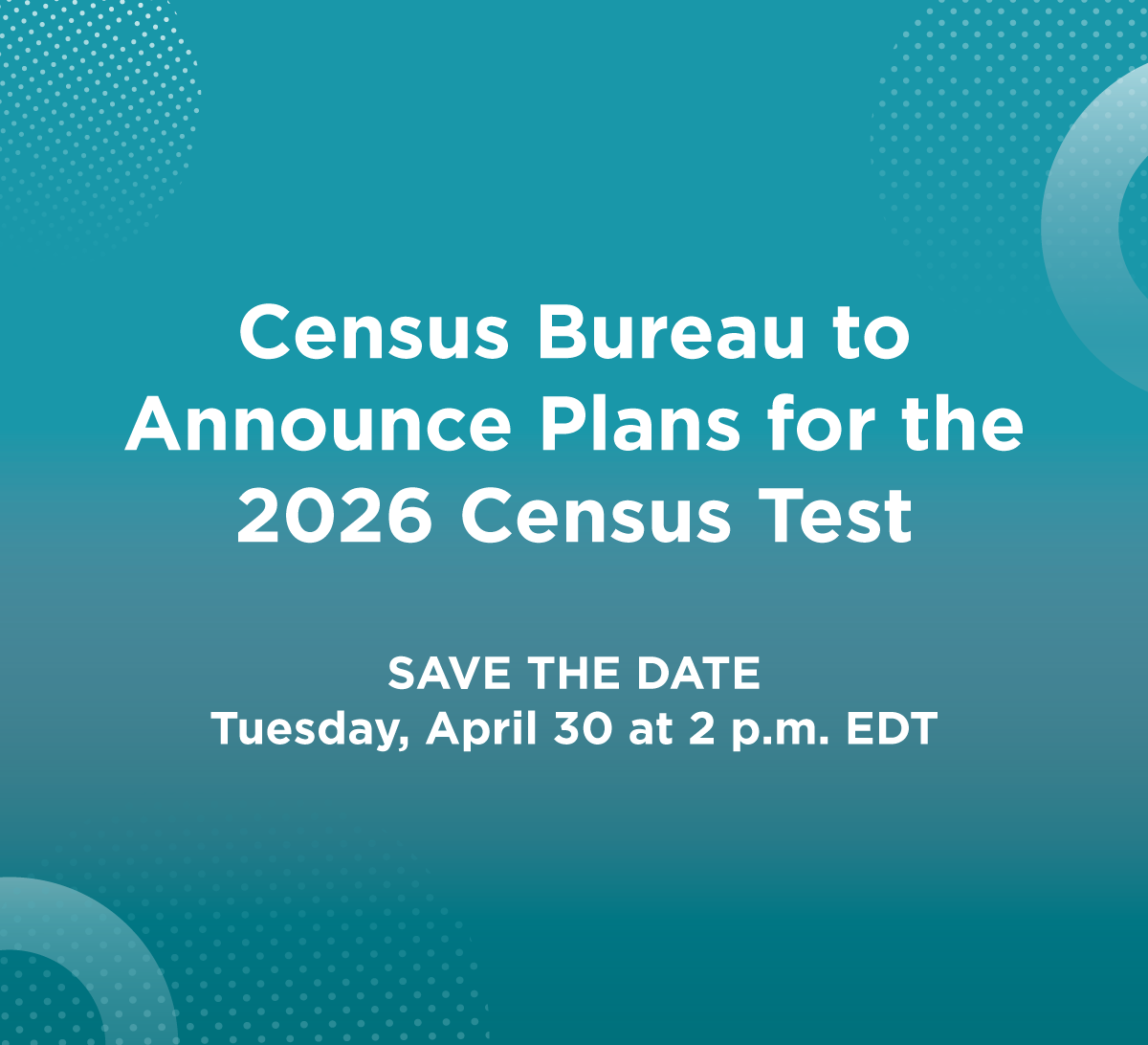Uninsured Rate for Working-Age Adults Decreases in Majority of Counties, Census Bureau Reports
For Immediate Release: Thursday, May 12, 2016
Uninsured Rate for Working-Age Adults Decreases in Majority of Counties, Census Bureau Reports
Annual Health Insurance Estimates Available for All U.S. Counties
May 12, 2016 — The estimated uninsured rate for working-age adults (age 18-64) decreased in 72.1 percent of the nation’s counties (or 2,262 counties) from 2013 to 2014, according to new statistics released today from the U.S. Census Bureau.
For the total population under age 65, the estimated uninsured rate decreased in 74.1 percent of counties (or 2,325 counties) between 2013 and 2014. There were no statistically significant changes in 25.9 percent of counties, and only one county experienced an increase in its uninsured rate.
“One way communities use these health insurance statistics is to guide access to screening services for breast and cervical cancer among low-income women.” said Lauren Bowers, a statistician in the Social, Economic and Housing Statistics Division. “For example, our estimates indicate that working-age females had a lower uninsured rate than males in about 40 percent of counties.”
In 2014, a provision of the Affordable Care Act went into effect giving the option for states to expand their Medicaid eligibility to most working-age adults living at or below 138 percent of poverty. In states that expanded Medicaid eligibility, 96 percent of counties had a decrease in uninsured rates for working-age adults. In comparison, among the states that did not expand their Medicaid eligibility, 37 percent of counties had a decrease in uninsured rates for their working-age adults.
These findings come from the 2014 Small Area Health Insurance Estimates, which are the only source for single-year estimates of the number of people with health insurance for each of the nation’s roughly 3,140 counties. The statistics are provided by age and sex groups, and at income levels that reflect thresholds for state and federal assistance programs. Statewide estimates also break out the data by race and Hispanic origin.
Highlights for the Working-Age Population
- Between 2013 and 2014, working-age adults living at or below 138 percent of poverty saw a decrease in the uninsured in 59.3 percent of counties (or 1,860 counties).
- Working-age males had a higher uninsured rate than females in 40.1 percent of counties (or 1,259 counties); there were no statistically significant differences in the remaining counties.
- Between 2013 and 2014, the uninsured rate decreased in 66.6 percent of counties (or 2,089 counties) for working-age adults living between 138 to 400 percent of poverty (which is the eligibility for subsidies to purchase health insurance coverage through the exchanges).
General Population Highlights
- In 2014, for the population under age 65, non-Hispanic whites had a lower uninsured rate than both Hispanics and non-Hispanic blacks in every state and Washington, D.C.
- For the population under age 65 living at or below 138 percent of poverty, non-Hispanic blacks had a lower uninsured rate than non-Hispanic whites in 28 states.
- Between 2013 and 2014, the uninsured rate decreased for children under age 19 in 20.7 percent of counties (or 650 counties).
Today’s release includes a 2014 highlight brief that describes demographic and economic differences in health insurance status across states and counties, as well as time trends in health insurance status. An interactive data and mapping tool is also available. This tool allows users to create and download state and county custom tables and thematic maps for all concepts available annually for 2006 through 2014 and state health insurance coverage time trend charts. The tool is an easy way for states to evaluate their potential program participants.
Background on the program
The Small Area Health Insurance Estimates program models coverage by combining survey data with population estimates and administrative records. Specifically, it uses the American Community Survey, demographic population estimates, aggregated federal tax returns, participation records from the Supplemental Nutrition Assistance Program, County Business Patterns, Medicaid and the Children’s Health Insurance Program participation records, and the 2010 Census. Additionally, Small Area Health Insurance Estimates data are used as an important consideration when planning and evaluating public policy on health insurance programs, the impact of common illnesses or serious health conditions for states and the 3,141 counties in the United States.
-X-








